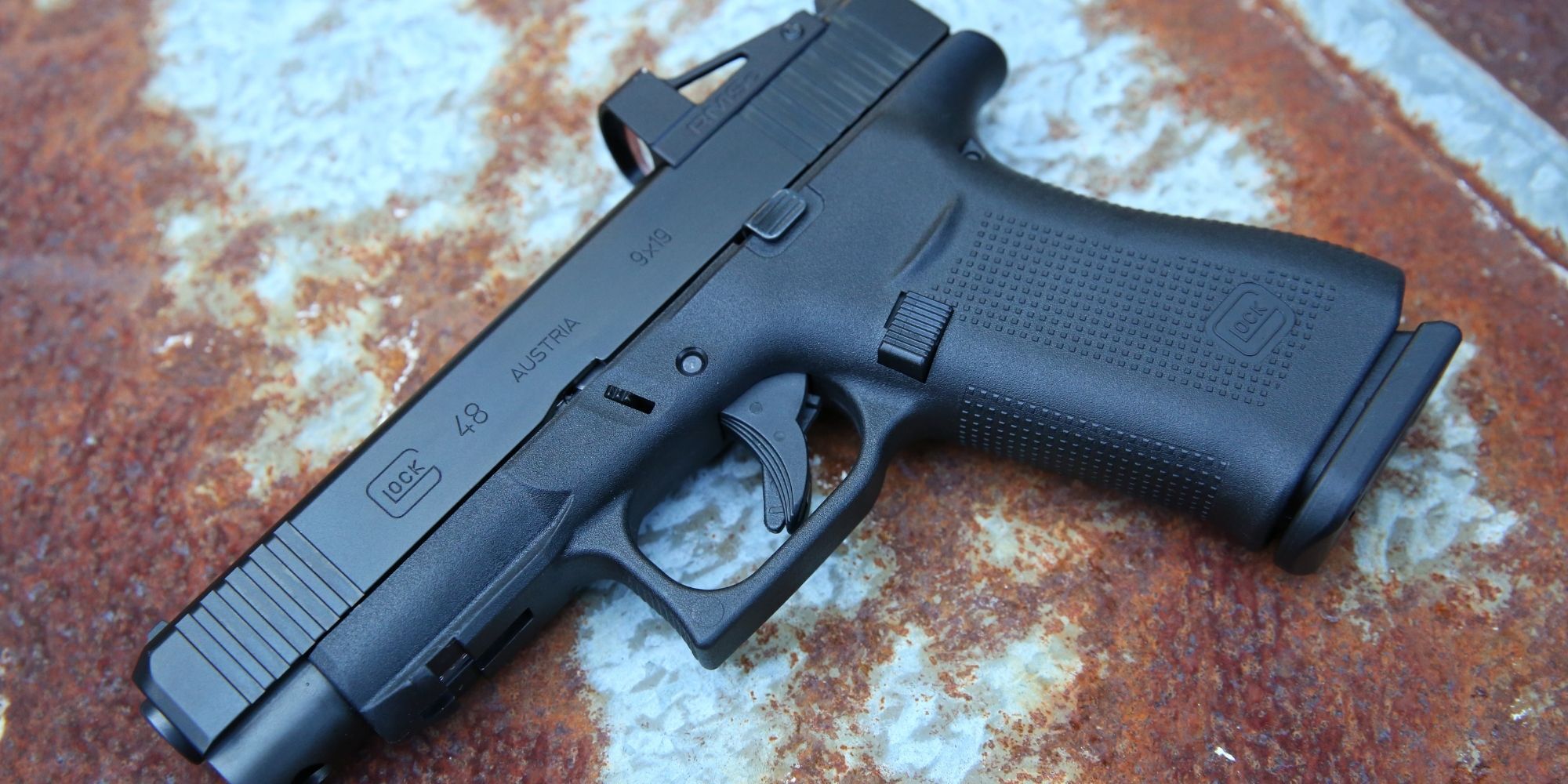Recent Posts
- Home
- GHOST INC BLOG
- heat resistance
GHOST INC BLOG
Are Glocks Heat Resistant?
Posted by on
Understanding Glock's Polymer Frame
The material used to construct the frame of a glock pistol is a high-tech, proprietary polymer often referred to as Polymer 2. While some might dismiss it as "plastic," this isn't your average household material. It is a form of Nylon 6, which is a thermoplastic that has been specifically engineered for the unique demands of a firearm. Its composition provides an ideal balance of strength, flexibility, and light weight, which was a revolutionary concept when the first glock was introduced. The polymer frame not only reduces the overall weight of the firearm but also helps to absorb some of the recoil, making it more comfortable to shoot.
The Science of Heat Resistance
The question of a glock's heat resistance is a matter of science and engineering. The polymer frame is not susceptible to the kind of heat generated by normal operation, even under rapid-fire conditions. The primary source of heat comes from the friction of the slide and the rapid expansion of gas in the barrel. Since the frame is not in direct contact with the hottest parts of the firearm, it remains well within its operational limits. While the melting point of the specific polymer is proprietary information, it is far above the temperature the gun could reach during a prolonged shooting session. The frame's thermoset nature means it is designed to hold its shape and structural integrity under significant thermal stress.
Glock in Extreme Environments
The durability of the glock pistol, especially its heat resistance, has been proven through numerous "torture tests" conducted by military and law enforcement agencies, as well as civilian enthusiasts. These tests often involve firing hundreds or even thousands of rounds in quick succession, leaving the pistol so hot that it is uncomfortable to hold. Despite this extreme heat, the polymer frame remains fully functional, showing no signs of warping or deformation. These tests, along with the proven track record of the firearm in arid, desert environments where temperatures can soar, affirm that the polymer material is highly heat-resistant and reliable for real-world use.
Beyond Heat: Other Advantages of Polymer
While heat resistance is a key feature, the polymer frame offers a host of other advantages over traditional steel or aluminum frames. Its inherent resistance to rust and corrosion makes it an excellent choice for a firearm that might be exposed to moisture, sweat, or harsh weather conditions. Additionally, the polymer frame is less sensitive to temperature extremes. In freezing conditions, a steel frame can become uncomfortably cold to the touch, while the polymer remains more neutral. This makes the glock a dependable choice for use in any climate, from the scorching heat of the desert to the frigid cold of a winter day.
Debunking the Myths
Despite the overwhelming evidence of their durability, some myths about the polymer frame persist. The notion that a "plastic gun" is somehow weak or less reliable than its steel-framed counterparts is simply untrue. Glock's design has been refined over decades and its performance has been validated in the hands of countless professionals and civilians. The polymer frame is not a weakness; it is a core component of the pistol's renowned durability, light weight, and a contributing factor to its consistent performance in virtually any situation.
 Loading... Please wait...
Loading... Please wait...

